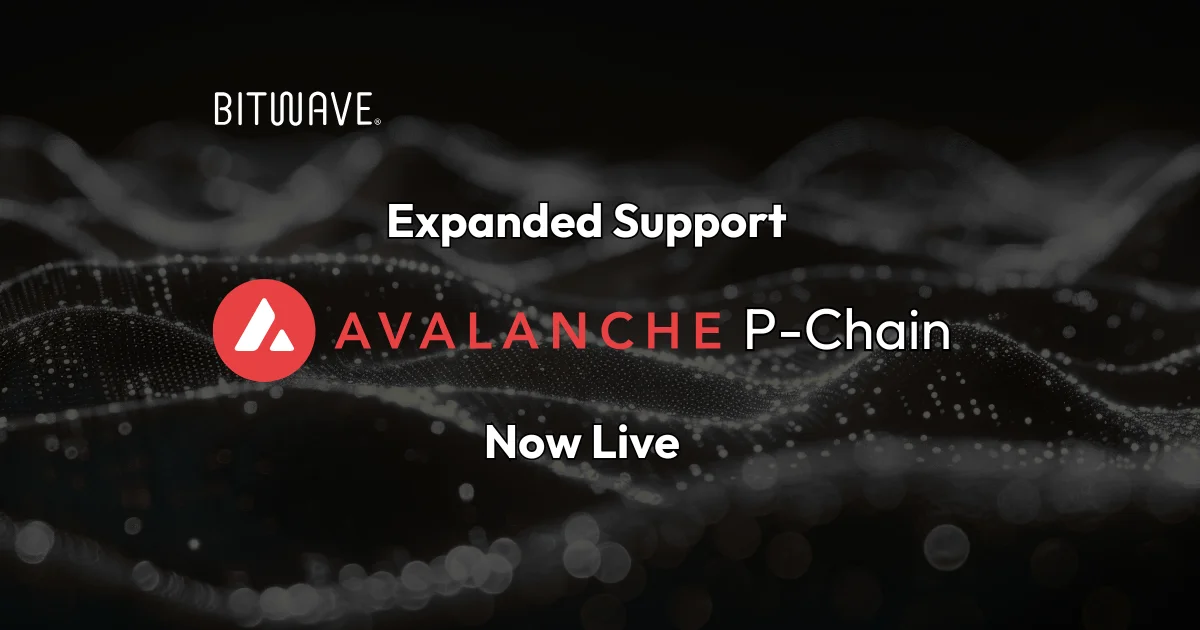
Stablecoins bring stability, speed, and cost savings to cross-border payments - a dream come true for business owners tired of the old-school rigamarole of cut-off times, banking holidays, and capital controls. But once you start harnessing these digital darlings to bypass traditional banking snafus, how do you handle the accounting and taxation aspects of stablecoin transactions?
This guide unpacks the business implications and shares best practices from companies successfully using stablecoins for international trade.
The Basics of Stablecoins
Before diving headfirst into the world of stablecoins, it's essential to understand what they are and how they differ from their cryptocurrency counterparts.
What are Stablecoins?
Stablecoins are a type of digital currency designed to offer stability, as their name suggests. They achieve this by being pegged to a stable asset or a basket of assets, such as the US dollar, other fiat currencies, or even gold. This pegging mechanism helps to maintain a consistent value, in contrast to the often wild fluctuations seen in other cryptocurrencies like Bitcoin or Ethereum. This stability is crucial for businesses that need to manage financial risks and plan with certainty.
The Two Most Common Stablecoins
When selecting a stablecoin to transact with, it's vital to consider factors such as market acceptance, liquidity, and the credibility of the issuing entity. Let's look at two of the most popular stablecoins in the market:
- Tether (USDT): Tether is one of the most widely used stablecoins, and it's pegged to the US dollar. It's a go-to for many businesses due to its high liquidity and widespread acceptance on various cryptocurrency exchanges.
- USD Coin (USDC): USD Coin is known for its transparency and full backing by US dollars. It's developed by a consortium that includes Coinbase, making it a preferred choice for businesses looking for reliability and compliance.
The Advantages of Using Stablecoins for Cross-Border Payments
This blend of traditional currency stability with the innovative features of blockchain technology makes stablecoins a game-changer for businesses engaging in cross-border transactions. Here are their key advantages:
- Lower Transaction Fees: Traditional cross-border payments often involve multiple intermediaries, each adding their own fees. Stablecoins, by contrast, enable direct transactions on the blockchain, significantly reducing these costs.
- Faster Processing Times: Stablecoin transactions can be completed almost instantly, free from typical banking system constraints like cut-off times and holidays.
- Reduced Currency Fluctuation Risks: Pegged to stable fiat currencies like the US Dollar, stablecoins offer a hedge against the risks of currency fluctuations.
- Enhanced Security and Transparency: Blockchain technology provides superior security and transparency, with every transaction recorded on a public ledger, reducing fraud and errors.
- Simplified Treasury Management: Using stablecoins reduces the complexity of dealing with multiple currencies, lowering foreign currency and treasury risks.
- AICPA's Draft Regulation on Stablecoins: The AICPA's draft regulation highlights the growing recognition and potential formalization of stablecoins, indicating a more regulated and secure future for their use in business.
Accounting for Stablecoin Transactions
Here’s what you need to know to effectively incorporate stablecoins into your accounting operations for cross-border transactions:
1. Recording Transactions
- Each stablecoin transaction must be recorded in your business's accounting system. This includes both the purchase of stablecoins and any payments or receipts in stablecoins. Use Bitwave to integrate stablecoin transactions into your existing financial systems.
- The value of the transaction should be recorded in your functional currency, requiring a conversion from the stablecoin at the prevailing exchange rate at the time of the transaction.
2. Classification and Valuation
- Stablecoins should be classified on your balance sheet. Depending on the nature of your business and the role stablecoins play in your operations, they might be classified as cash equivalents, inventory, or intangible assets.
- Periodic revaluation may be necessary to reflect the current market value, especially if there is a significant fluctuation in the value of the pegged currency.
3. Reconciliation and Reporting
- Regular reconciliation of the stablecoin holdings in your digital wallets with your accounting records is essential for accuracy.
- Ensure that all stablecoin-related activities are transparently reported in financial statements, following the applicable accounting standards and principles.
Taxation Considerations
1. Taxable Events
- Using stablecoins for transactions can trigger taxable events. For example, if you pay for goods or services with stablecoins, this could be considered a disposition of an asset, potentially resulting in capital gains or losses.
- Similarly, receiving stablecoins in exchange for goods or services can be a taxable event, with the income measured at the fair market value of the stablecoins at the time of receipt.
2. Capital Gains and Losses
- If there's a difference in the value of the stablecoins between the time of acquisition and use (or disposal), this may result in capital gains or losses.
- It's crucial to track the cost basis of your stablecoins to accurately calculate any gains or losses for tax purposes.
3. Reporting and Compliance
- Compliance with tax reporting requirements is critical. This includes reporting any gains or losses from stablecoin transactions on your business's tax returns.
- The specific tax treatment can vary depending on the jurisdiction and the nature of the transactions, so consulting with a tax professional is advisable.
Best Practices
Today organizations like Ferrari, San Jose Sharks, and even the UN use stablecoins in their business. And by 2027, according to Deloitte, 85% of surveyed merchants expect that stablecoin payments will be ubiquitous among suppliers in their industry.

If you want to start reaping the advantages of stablecoins today, follow these best practices:
- Maintain Detailed Records: Keep meticulous records of all stablecoin transactions, including dates, amounts, wallet addresses, and the value in your functional currency.
- Stay Informed: Keep abreast of the changing regulatory and tax landscape related to cryptocurrencies and stablecoins in particular.
- Seek Professional Advice: Given the complexity and evolving nature of cryptocurrency regulations, seeking advice from accounting and tax professionals familiar with digital assets is highly recommended.
By following these guidelines, business owners can ensure that their stablecoin transactions are properly accounted for and compliant with taxation laws, mitigating risks of financial inaccuracies or legal complications. The easiest way to handle all your crypto tax and accounting needs? Let Bitwave handle the details for you.


Disclaimer: The information provided in this blog post is for general informational purposes only and should not be construed as tax, accounting, or financial advice. The content is not intended to address the specific needs of any individual or organization, and readers are encouraged to consult with a qualified tax, accounting, or financial professional before making any decisions based on the information provided. The author and the publisher of this blog post disclaim any liability, loss, or risk incurred as a consequence, directly or indirectly, of the use or application of any of the contents herein.







